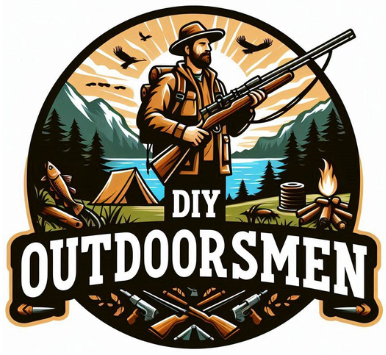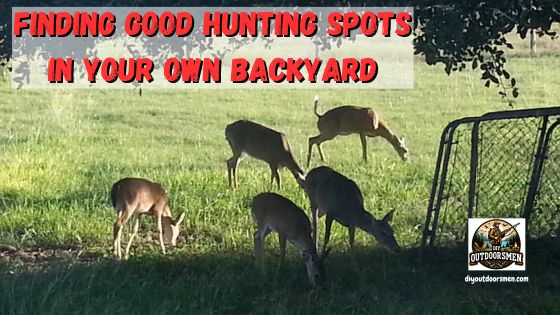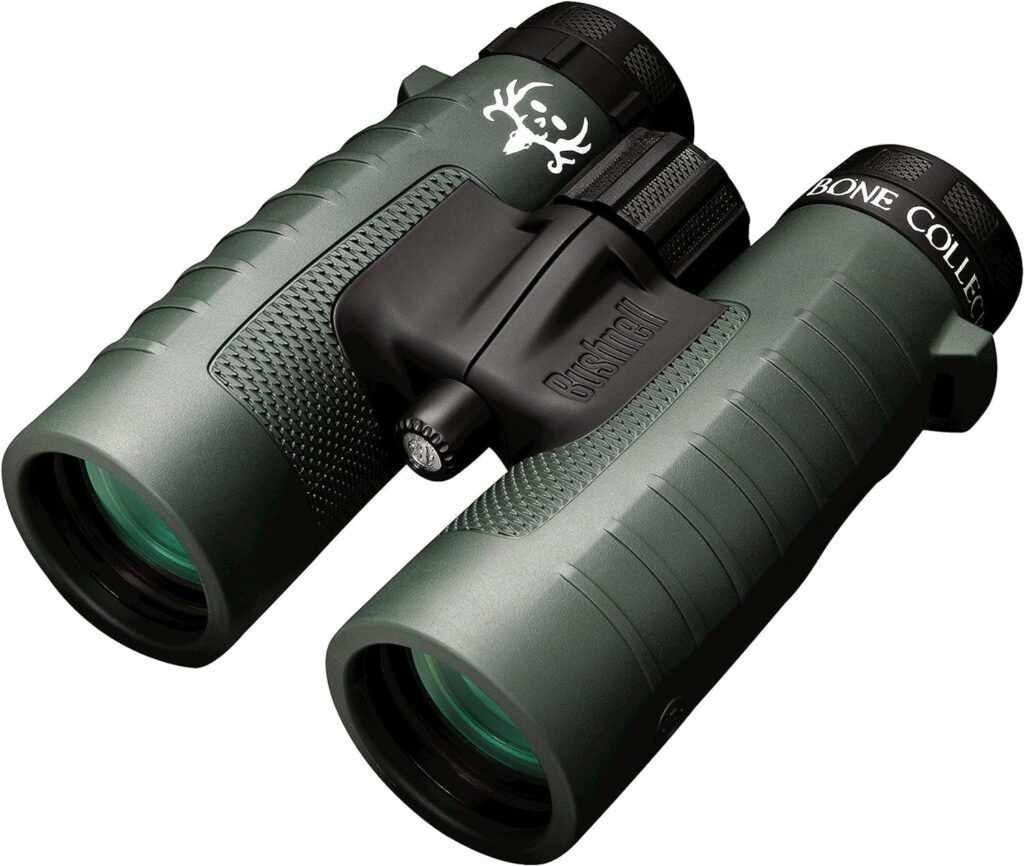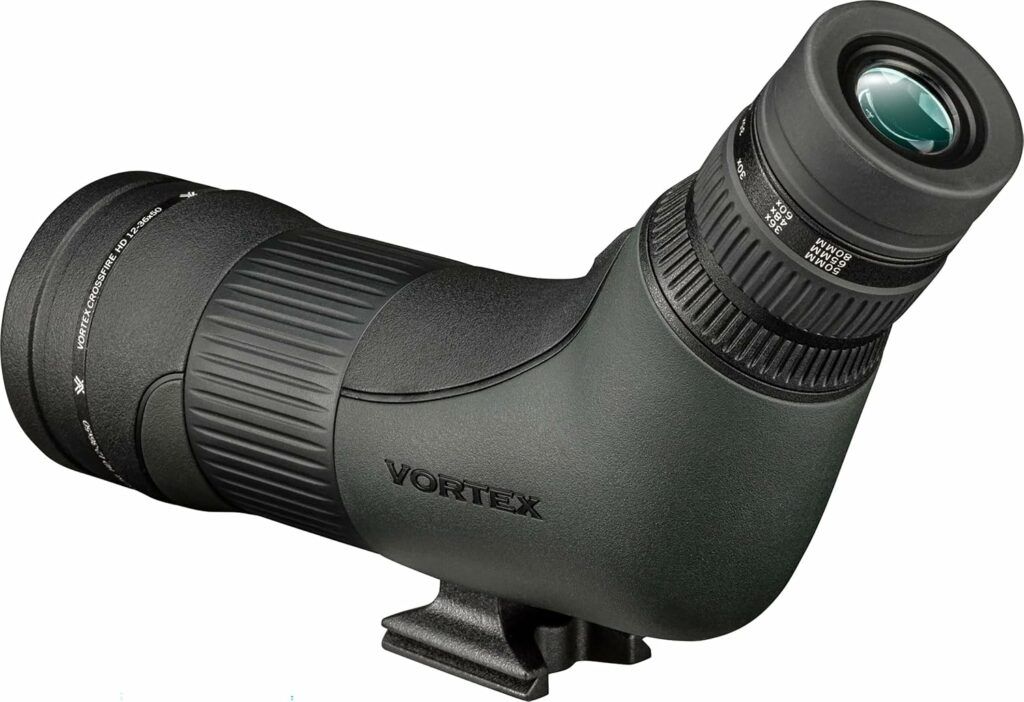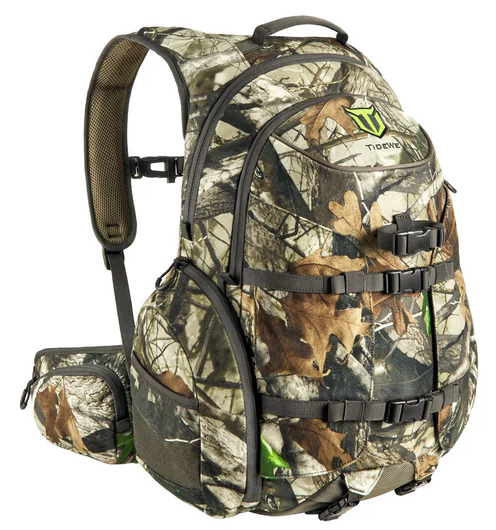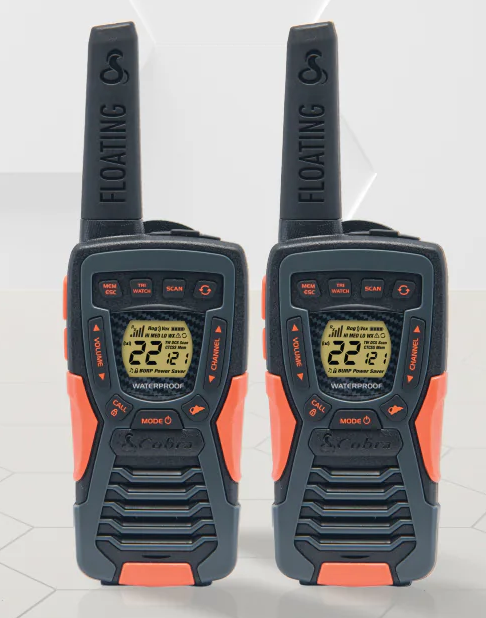Contents
Finding the best hunting spots near you is like discovering hidden treasure. For one, you are more likely to be able to scout the area in person than those requiring travel to reach. And, being close to home, you will be able to hunt the area more often and at the best times.
When searching for hunting areas in your area, the first place to look is online resources dedicated to hunting. Websites like OnX Hunt, your local fish and game department website, or local hunting forums can shed light on prime locations, often with detailed maps and user reviews. And, don’t forget the old standby- Google Earth for finding likely hunting, and fishing, areas near you.
QUICK LOOK:
With a bit of effort, some online tools and forums, and good old boots-on-the-ground scouting, you too can find hidden hunting hotspots right in your own backyard. Remember to consider the time of year you will be hunting and how that may affect animal movements and behavior. And, be sure to stay up to date with the local regulations, private/public land boundaries, and any access limitations or restrictions.
Jump into local hunting communities, either online or in person. Facebook groups or local clubs are gold mines for insider tips. Connecting with experienced hunters in your area can provide you with invaluable information about where to go and what to expect.
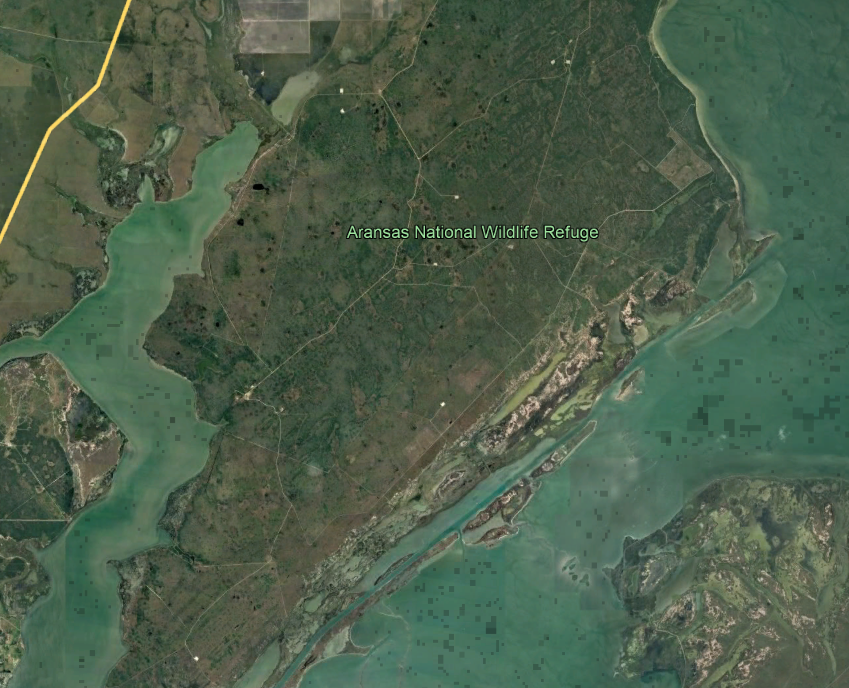
Don’t overlook state wildlife agencies. These organizations often provide detailed information on public lands and hunting regulations. They might even have seasonal updates on game movements and breeding patterns. Checking out their recommendations, and even calling the local game biologist, is a smart move for any DIY hunter looking to maximize their success in finding local hunting hotspots.
Mapping Prime Hunting Spots
Topographic, and satellite, maps are essential for pinpointing prime hunting areas. They offer a detailed view of the terrain, including elevation changes, water sources, and vegetation, which can help you identify potential feeding areas, bedding areas, water sources, and likely escape routes.
Leverage GPS and hunting apps for more precise navigation. Apps like HuntStand, GoHunt, On X Hunt, and Gaia GPS not only help with locating hunting spots but also allow you to track your movements and mark points of interest. This tech can save you tons of time and increase your chances of a successful hunt.
Public Land or Private
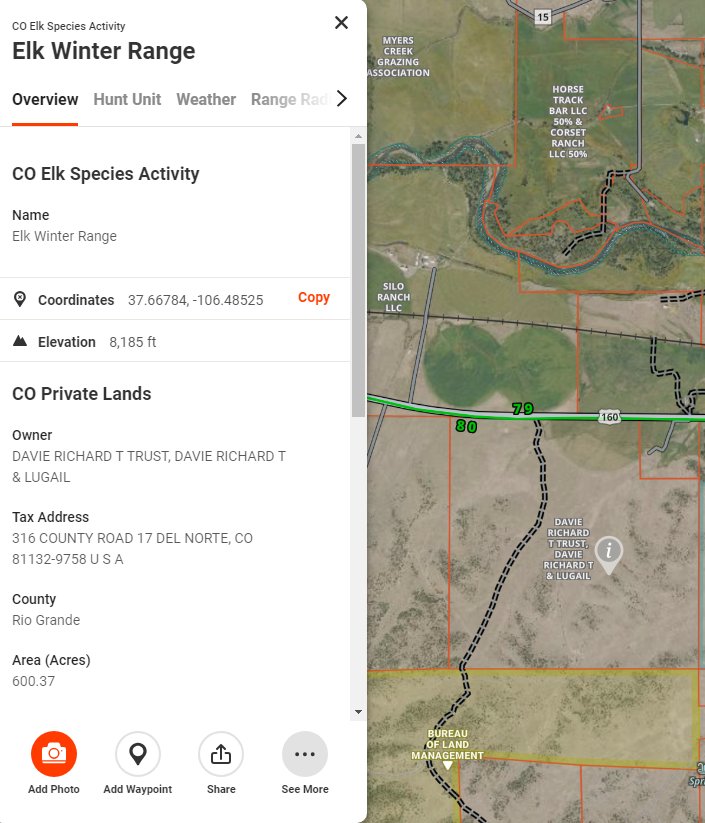
Knowing the difference between public and private land is crucial. Public lands, such as state parks and national forests, are generally open to hunters, while private lands may require permission from the property owner. Always respect posted signs and local regulations to avoid any issues.
Marking key locations on your map can make a significant difference. Note water sources, food plots, and shelter areas. These spots attract game, making them excellent hunting locations. Mapping out these elements can guide you towards the most productive areas.
Effects of Seasonal Patterns and Animal Behavior on Hunting Spots
Understanding the seasonal patterns and habits of your target game can turn a good hunt into a great one. Animals tend to follow predictable routines based on the time of year. For example, deer are more active during the fall mating season, while turkeys are easier to spot in the spring during their breeding time.
The time of day also plays a significant role in animal activity. Early morning and late afternoon are typically the most active periods for many game species since they tend to avoid the midday heat. Observing these patterns can increase your chances of a successful hunt.
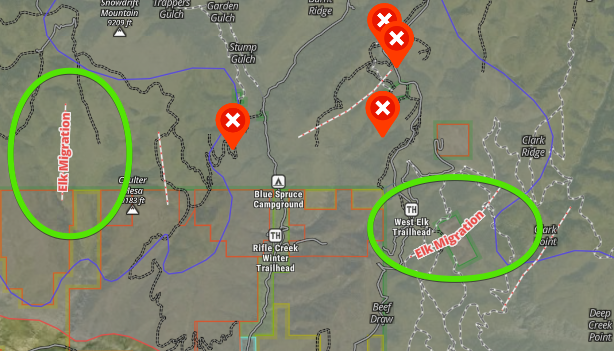
Environmental changes, such as weather conditions, can also affect animal behavior. Rain, snow, or a sudden drop in temperature can influence where and when animals are on the move. Keeping an eye on the weather forecast and being ready to adapt your plans accordingly is smart.
Local food sources can change throughout the year, impacting where animals gather. Familiarize yourself with what they’re eating and where these food sources are located. This knowledge can help you track down the hotspots where game is most likely to be found given the time of year and weather conditions of your hunt.
Boots On The Ground Scouting for Hunting Spots
Nothing beats good old boots on the ground when it comes to scouting potential hunting areas. The technology and online tools are great, but getting yourself into the area for a firsthand look is always the best option for gathering intel. Things look different from the ground than they do online. 😉
The good news is, that the area you’re scouting is “in your backyard” or close to home, so it’s much easier to scout in person than an area further away or even out of the state or country. When scouting an area in person, packing the right gear can make a big difference in the amount and type of information you can gather.
Scouting Gear Basics
Start with the basics like a reliable smartphone with your favorite hunting and GPS apps including downloaded maps in case you lose cell signal you can still use your apps. You’ll need a good pair of binoculars and or a spotting scope as well as a notepad to record your findings.
Camouflage clothing is not necessary when scouting but you may see more game by blending in with the local cover. Weather gear can be important. A lightweight jacket if conditions are cool and packable rain gear can save you a long wet walk out if a sudden shower pops up.
A sturdy pair of boots is non-negotiable. You’ll be covering a lot of rough terrain, and good footwear can protect your feet while keeping them dry and comfortable. Don’t forget to wear moisture-wicking socks to prevent blisters.
Bring along a quality backpack to carry your extra gear, a first-aid kit, water, and snacks. Pack light but don’t skimp on the necessities. You want to stay mobile and create as little disturbance to the area as possible. Sit, glass, look, listen, and take lots of notes and pictures.
Finally: Know the Rules Regulations and Access for Your Hunting Spots
Understanding local hunting and trespass laws and obtaining the right permits and permissions is non-negotiable. Each region has specific hunting seasons, bag limits, public lands, private property, and rules you must follow.
Visit your state’s wildlife agency website to get the most up-to-date information. Hunting apps like On X Hunt can give you land ownership information and contacts as well. Safety can’t be stressed enough.
Safety and Communication
Always inform someone of your scouting plans, including where you’ll be and when you expect to return. Carry a fully charged mobile phone or a satellite communicator for extra security.
When scouting as a group, establish clear lines of communication and stick together. Two-way radios can be a fantastic tool for maintaining contact without relying on cell service.
As always, stay safe, enjoy the journey and please try to leave it cleaner than you found it. If you have any comments, questions, ideas, or suggestions please leave them in the comment section below and I’ll get back to you ASAP. You can follow us on YouTube: Man Art Creations for videos of our DIY Adventures.
Check Out Our Latest Articles:
- Understanding Deer Behavior To Improve Your Hunt

- Complete Guide On Tracking Game Animals
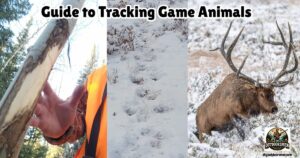
- DIY 4-Step Guide To Field Dressing And Quartering A Deer
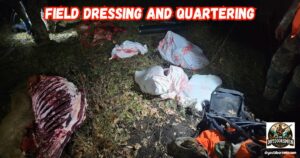
- Night Vision Binoculars For Nocturnal Hunting
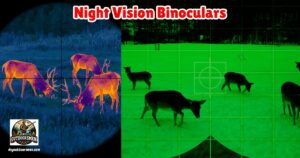
- The Science Behind Camouflage Patterns For Deer Hunting

- Binocular Accessories For Hunters

P.S. – Thanks so much for checking out our blog we really appreciate it. Just so you know, we may receive a commission if you click on some of the links that appear on our site. This helps us keep our content free and up-to-date for everyone. We appreciate your support!
